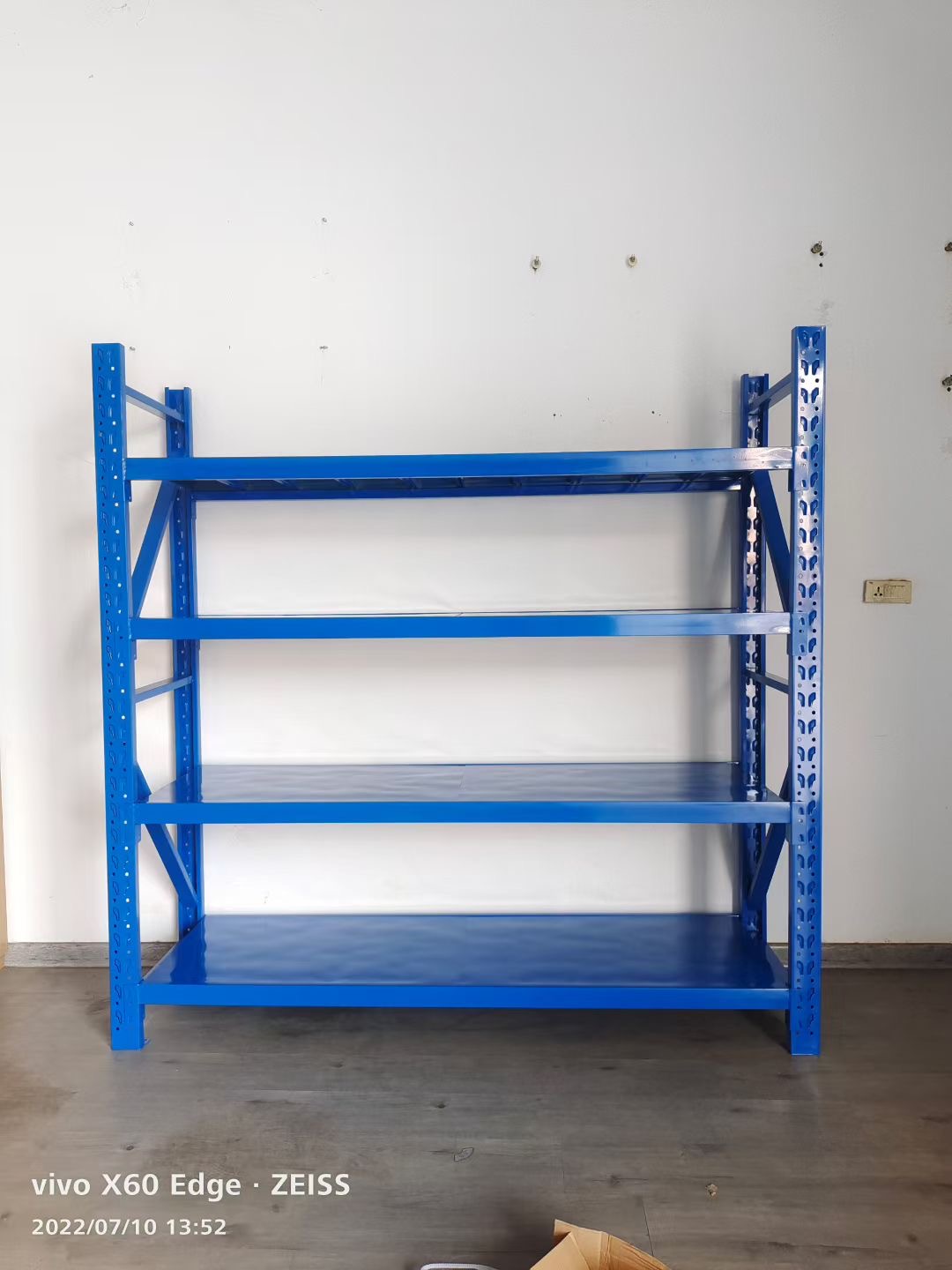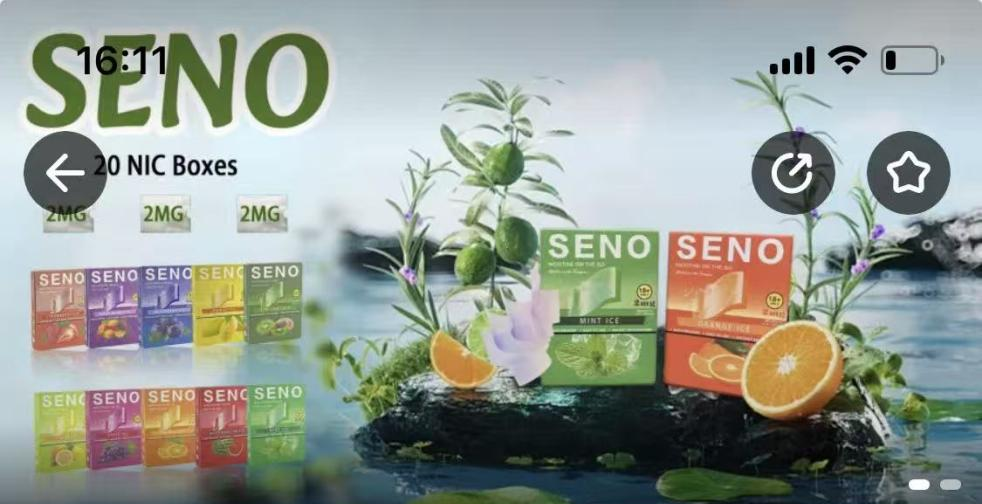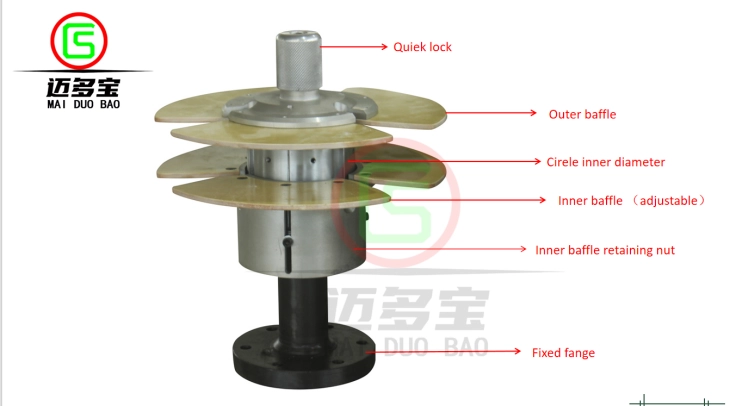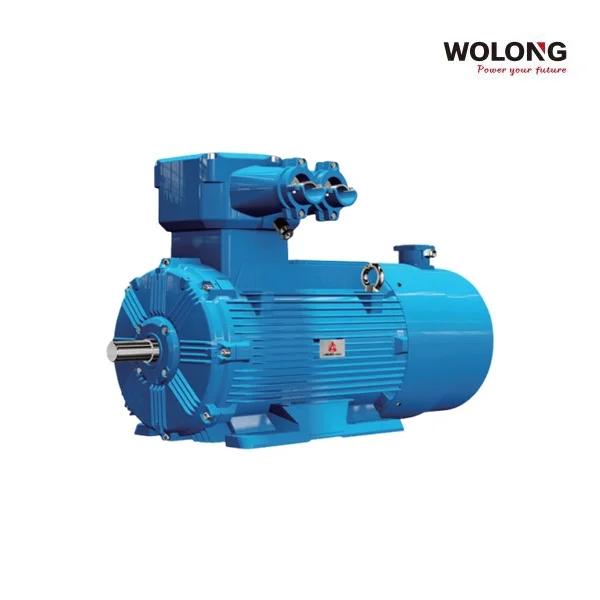Lenzing Tencel is a popular and sustainable fiber known for its softness, breathability, and eco-friendly production process. In this blog, we will delve into the production process of 68mm three strands Lenzing Tencel, from the transformation of raw materials into fiber to the weaving of luxurious fabrics. By understanding the intricate journey of Lenzing Tencel production, we can appreciate the craftsmanship and innovation behind this exceptional textile.
1. Sourcing and Processing Raw Materials
The production process of 68mm three strands Lenzing Tencel begins with the sourcing of raw materials. Lenzing Tencel is made from wood pulp, specifically sourced from sustainably managed forests. The wood pulp undergoes a rigorous process to break down the cellulose fibers into a viscous solution. This solution is then filtered and extruded through spinnerets to form long, continuous fibers.
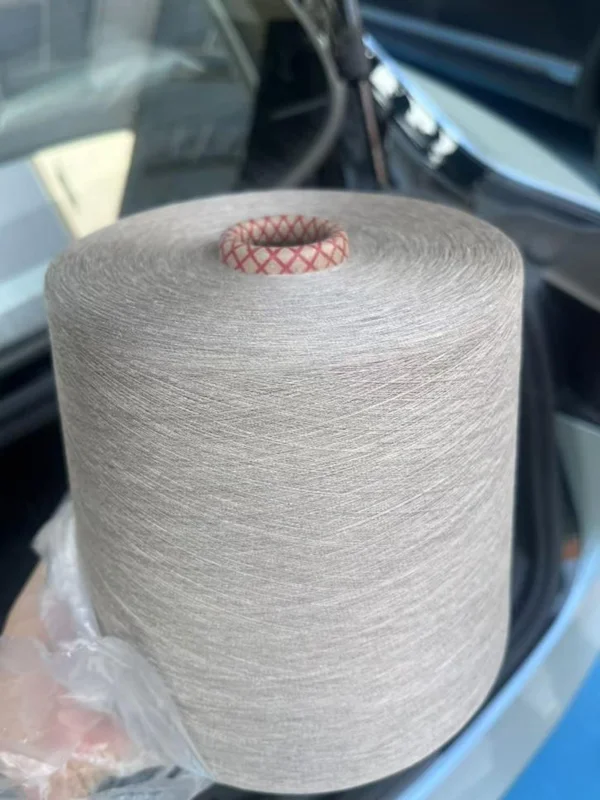
2. Spinning and Drawing
Once the cellulose solution is extruded through spinnerets, the fibers are spun and drawn to align the molecules and enhance the strength and quality of the fiber. This process helps create uniform and consistent fibers that are essential for producing high-quality textiles. The spinning and drawing process also determines the fineness and length of the fibers, which in turn affects the texture and performance of the final fabric.
3. Filament Formation
After spinning and drawing, the fibers are further processed to form filaments. Filament formation involves twisting multiple fibers together to create strands of yarn. In the case of 68mm three strands Lenzing Tencel, three individual filaments are twisted together to form a single yarn. This process enhances the strength and durability of the yarn, making it suitable for weaving into fabrics.
4. Weaving and Fabric Production
Once the yarn is formed, it is ready to be woven into luxurious fabrics. Lenzing Tencel is known for its versatility and ability to be woven into a variety of fabric types, including denim, satin, twill, and jersey. The weaving process involves interlacing the yarn in a specific pattern to create the desired fabric structure. Depending on the weave and finishing techniques used, Lenzing Tencel fabrics can range from soft and drapey to crisp and structured.
5. Finishing and Treatment
After the fabric is woven, it undergoes various finishing processes to enhance its properties and aesthetics. Lenzing Tencel fabrics are known for their softness, smoothness, and moisture-wicking capabilities. To further enhance these qualities, the fabric may undergo treatments such as mercerization, dyeing, printing, or special finishes to achieve specific textures or effects. The finishing process also includes quality control measures to ensure that the fabric meets the highest standards of production.

6. Sustainability and Environmental Impact
One of the key advantages of Lenzing Tencel is its sustainable production process. Lenzing Tencel is manufactured using a closed-loop process that recycles water and solvents, minimizing waste and reducing environmental impact. Additionally, the wood pulp used in Lenzing Tencel production comes from sustainably managed forests, ensuring the responsible sourcing of raw materials. As a biodegradable and eco-friendly fiber, Lenzing Tencel offers a greener alternative to traditional textiles, making it a preferred choice for environmentally conscious consumers.
7. Applications and Benefits
68mm three strands Lenzing Tencel is a versatile and luxurious fiber that finds a wide range of applications in the fashion and textile industry. Lenzing Tencel fabrics are prized for their softness, breathability, and moisture-wicking properties, making them ideal for clothing, bedding, and home textiles. The sustainable production process of Lenzing Tencel also appeals to consumers who value eco-friendly and responsibly sourced textiles. Whether used in casual wear, formal attire, or bedding products, Lenzing Tencel offers comfort, style, and sustainability in every fabric.
Conclusion
In conclusion, the production process of 68mm three strands Lenzing Tencel involves a series of intricate steps that transform wood pulp into luxurious and sustainable fabrics. From sourcing raw materials to spinning, weaving, and finishing, every stage of production contributes to the exceptional quality and performance of Lenzing Tencel textiles. By understanding the journey of Lenzing Tencel production, we can appreciate the craftsmanship, innovation, and dedication that go into creating this exceptional fiber that embodies the perfect blend of luxury and sustainability.
How 68mm Three Strands Lenzing Tencel Enhances Fabric Durability and Comfort
www.jinhangyarn.com
Jiangyin Jinhang Textile Co. Ltd


